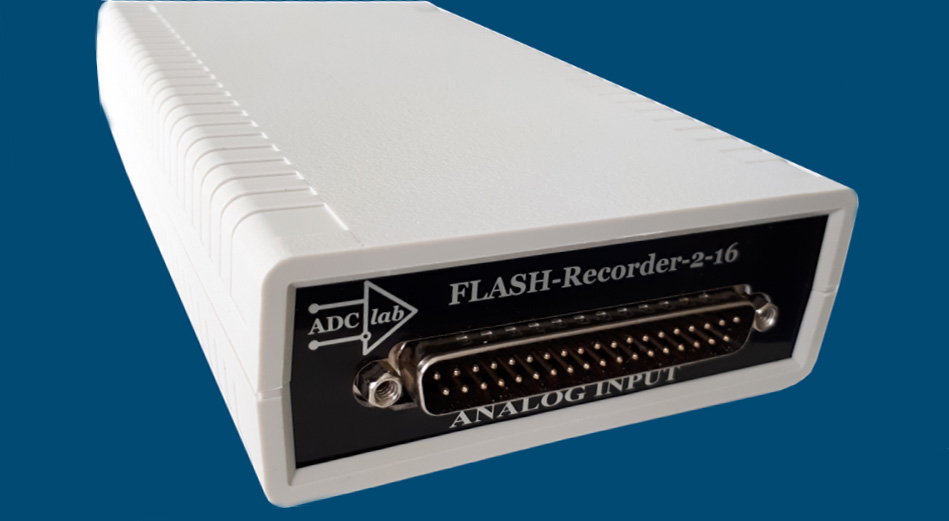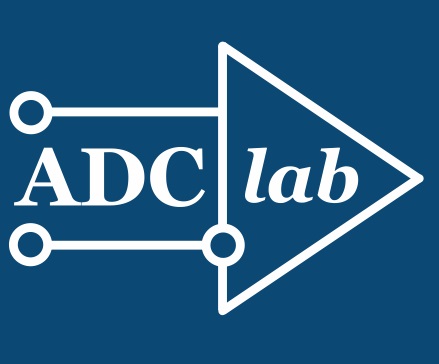 Technical specification:
| The self-recording voltmeter Flash-Recorder-2-16 is a device to collect data in Flash memory on a removable SD card or on a computer hard disk. It is structurally made in a plastic case and is able to work independently from an external power source or battery, following the information from the card into the memory of a personal computer. The distinctive features of the device are 2 synchronous 16-bit ADCs and the presence of a built-in real-time clock designed to synchronize the moment of data registration. It is intended to record various processes (pressures, accelerations, temperatures, electrical parameters (currents, voltages), etc.). The device is installed directly at the place or on the tested object where information is recorded and stored in a non-volatile memory (Flash memory of an SD card) for a long time. At the end of the experiment, the SD card can be removed and processed using an SD card reader in a personal computer or a laptop to view and process the registration results. Unique decisions allow to view the information recorded on the SD card directly from the SD flash memory card, without copying it to the computer hard disk, which saves your time significantly. The constant increase in the memory amount and the simultaneous reduction in the price of SD memory cards makes this solution very attractive. Programming the operating modes of the device via SD memory card allows a user to set the operating modes easily and quickly by changing the SD card in the device. Technical description you can download here: Manual_FlashRecorder216 | |||||||||||||||||||||||||||||||||||||||||||||||||||||||||||||
- > Home page
- > Self-recording voltmeters
- > Protected PC
- > Sensors
- > Software
Set up your own measuring system from scratch with us - it's easy
- > Home page
- > Self-recording voltmeters
- > Protected PC
- > Sensors
- > Software
© 2009. ООО "АДСилаб". All Rights Reserved.
